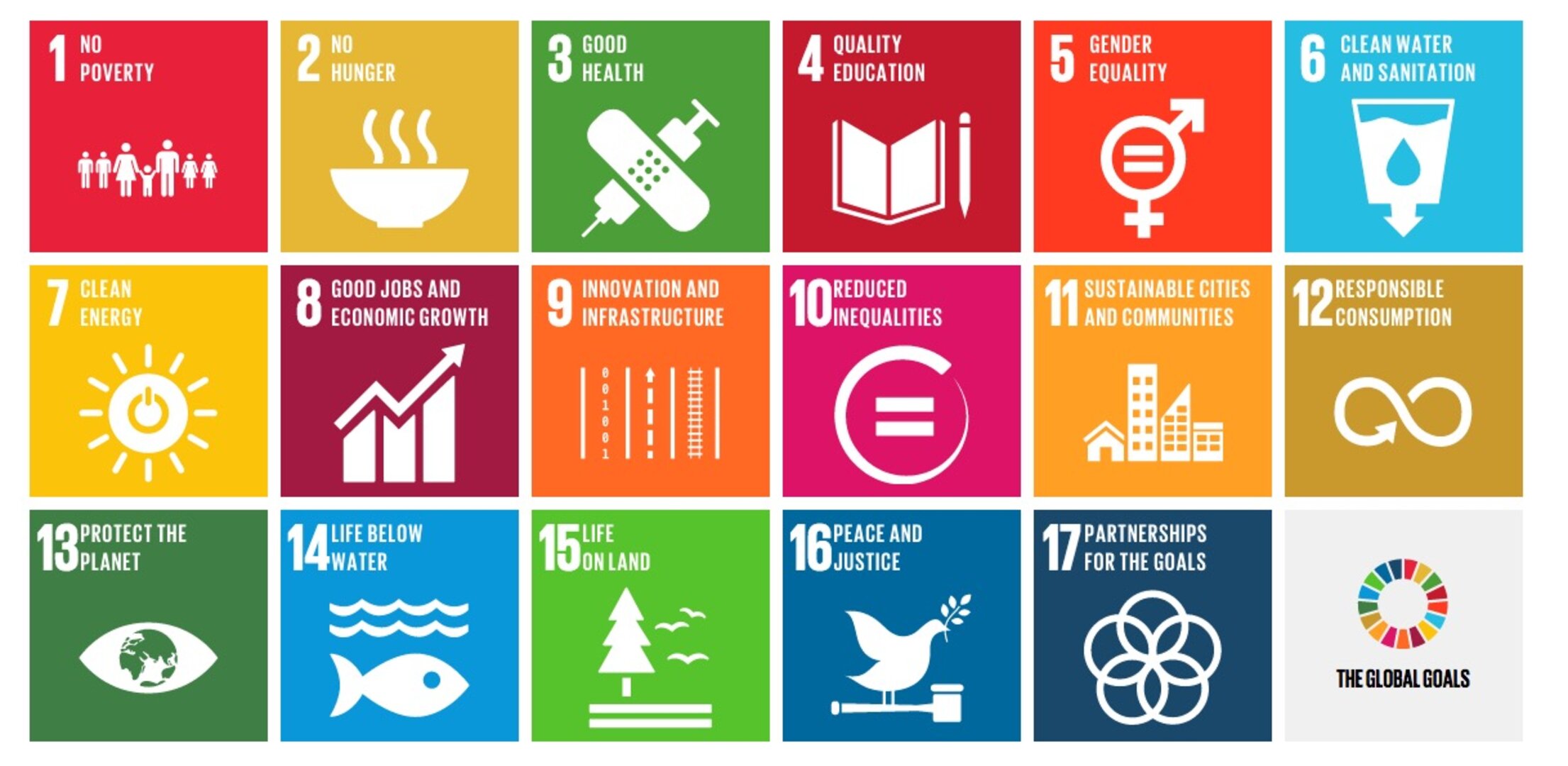
Seeking quality within the voluntary carbon market
Carbon dioxide (CO2) projects enable organizations to account for their unavoidable greenhouse gas emissions by supporting initiatives that reduce, avoid or remove CO2 from the atmosphere. These projects can include activities such as reforestation, renewable energy generation, and carbon capture and storage.
If you’re considering supporting a CO2 projects, here are a few key factors to ensure that you make a meaningful and effective contribution to a sustainable society.
Additionality
Choose projects that demonstrate ‘additionality’, meaning that they would not have happened without the financial support provided through carbon credits. This ensures that your contribution is making a real difference in reducing emissions.
Permanent emission reductions
Seek projects that result in permanent emission reductions, rather than short-term or reversible reductions. This could include, for example, carbon capture and storage projects that permanently remove CO2 from the atmosphere. Many certification standards have established a ‘buffer’ (dependent on the project type) to withhold some credits in case CO2 is released accidentally (e.g., by force of nature). These buffer credits can then be retired. This is especially important for forest projects.
Measurability and MRV (monitoring, reporting, verification)
Project developers need to assess a baseline against which impact can be measured and continuously tracked. Look for credits that are independently verified and transparent about their methods. Ongoing reporting of the environmental impact is important to ensure projects continuously deliver their goals.
No double-counting
Certification standards and project developers must ensure that a given credit is only used once, and therefore either exclusively associate a credit with one owner, or confirm that only one entity is retiring the credit.
Leakage
Ensure projects do not result in a simple shift of the negative impact, for example, where saving one space of forest only shifts logging activity elsewhere.
Social co-benefits
Engage with projects that provide additional benefits beyond reducing CO2 emissions, such as protecting biodiversity, or supporting local communities. These co-benefits are especially contributing to the global development if the project is located in countries with weak governmental protections.
Vintage
Recent vintages follow updated certification protocols Alternatively, you could match the year of your emission to the vintage of the credit, which is merely an optical rational (however, there is no logical/ environmental requirement to do so).
Scalability
The market demand is large and growing strongly. Projects need to be able to cater to this by offering a solution that can be applied at a large scale to partner with enterprise buyers.
Price
The cost of one credit is strongly driven by market demand. The quality of a credit is not necessarily linked to the market price. For example, a local company in Indonesia seeking to neutralize their unavoidable emissions may prefer to only buy local credits, therefore driving up prices (more on pricing here).
By carefully analyzing the quality of projects, you can make an informed decision about which CO2 project is right for you and your organization. Reach out to our team to discuss this in more detail.


